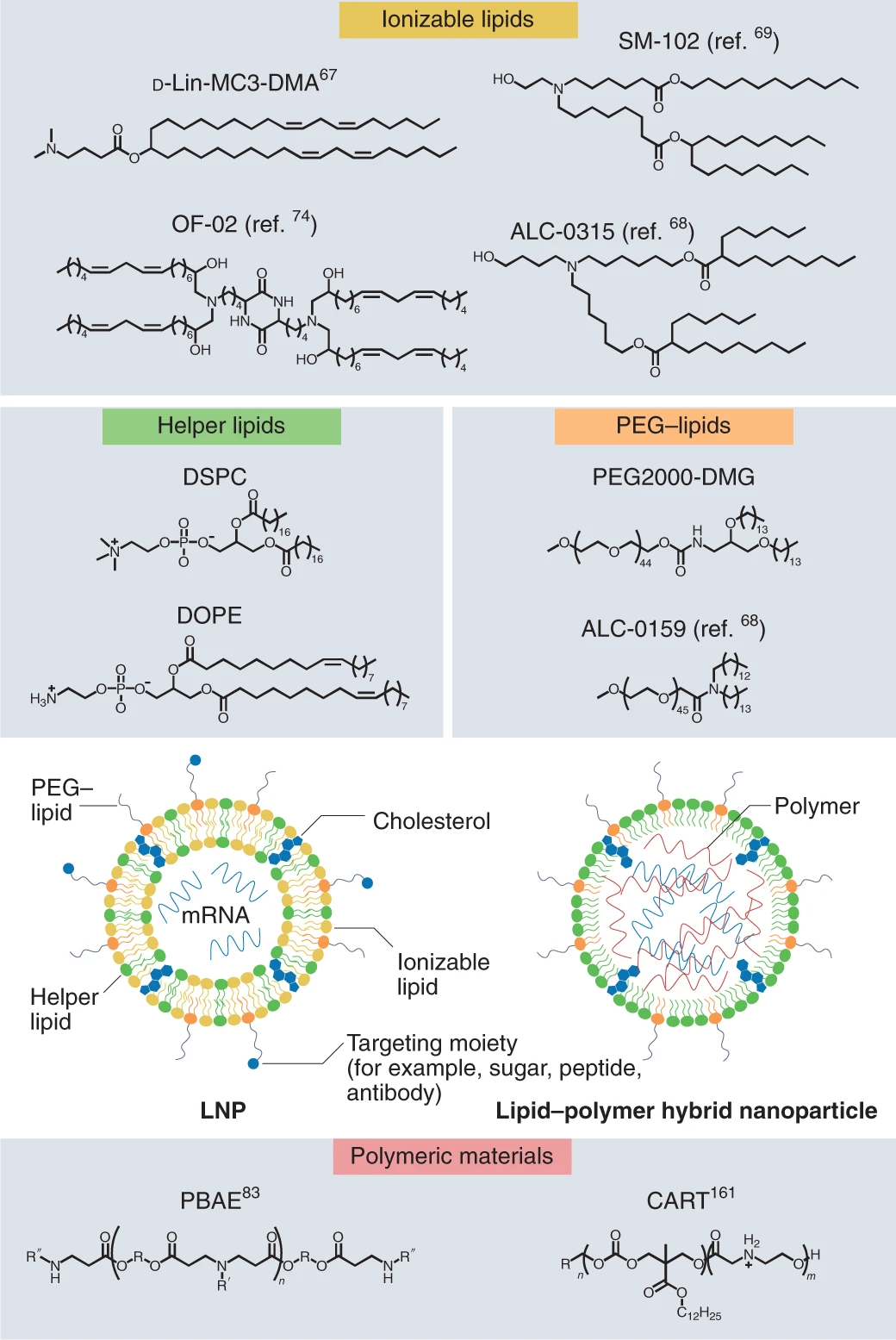MIT experts talk about the progress of mRNA vaccines
- Aspirin: Study Finds Greater Benefits for These Colorectal Cancer Patients
- Cancer Can Occur Without Genetic Mutations?
- Statins Lower Blood Lipids: How Long is a Course?
- Warning: Smartwatch Blood Sugar Measurement Deemed Dangerous
- Mifepristone: A Safe and Effective Abortion Option Amidst Controversy
- Asbestos Detected in Buildings Damaged in Ukraine: Analyzed by Japanese Company
MIT experts talk about the progress of mRNA vaccines
- Red Yeast Rice Scare Grips Japan: Over 114 Hospitalized and 5 Deaths
- Long COVID Brain Fog: Blood-Brain Barrier Damage and Persistent Inflammation
- FDA has mandated a top-level black box warning for all marketed CAR-T therapies
- Can people with high blood pressure eat peanuts?
- What is the difference between dopamine and dobutamine?
- How long can the patient live after heart stent surgery?
MIT experts talk about the progress of mRNA vaccines.
Following the successful development of a COVID-19 vaccine, researchers hope to deploy mRNA-based therapies against many other diseases.
Two mRNA vaccines that received emergency authorization in late 2020 have proven critical in the fight against COVID-19.
These vaccines are the first of their kind and are the culmination of decades of RNA research.
As mRNA strands that encode viral proteins, the vaccine enters cells and begins producing proteins that the immune system can recognize when it encounters the virus later. Following the success of the COVID-19 vaccine, scientists hope that mRNA vaccines and therapies will prove beneficial for many other diseases.
Daniel Anderson, a professor of chemical engineering at MIT and a member of the MIT Koch Institute for Integrative Cancer Research and the Institute for Medical Engineering and Science, has been studying how mRNA is packaged and delivered for years.
Anderson, who recently co-authored a Nature-Biotechnology review of mRNA therapeutics , answered some MIT News questions about the technology’s progress.
Q: What are the advantages of RNA vaccines and how did they develop so quickly in response to the COVID-19 pandemic?
A: The advantage of RNA vaccines is that once effective nanoparticle delivery systems are developed, new vaccines against new diseases can be quickly created.
For example, Moderna was able to create an optimized mRNA construct within a day of the release of the SARS-CoV-2 DNA sequence, and start injecting it into patients a few weeks later.
Traditional vaccine technology has been much slower to develop and relies on the use of mammalian cells in bioreactors for mass production of vaccines, whereas mRNA vaccines are only converted into the final product within the patient’s cells. In some ways, mRNA vaccines use the human body as their own vaccine production facility.
We are fortunate that researchers and companies have been studying RNA and nanoparticles for decades, and especially the use of mRNA for vaccines for many years.
To name just one example, the first RNA nanoparticle drug, Onpattro, was approved by the FDA in 2018. While the drug was designed to affect the patient’s liver and had small RNAs, not mRNAs, the lessons learned during the creation of this drug and all the other work helped scientists advance the mRNA vaccines that we benefit from today.
Q: What lessons have emerged from the development of a COVID-19 vaccine that could help researchers develop future RNA vaccines? What challenges still need to be addressed?
A: There is no doubt that a lot of important information about a COVID-19 vaccine has been learned over the past few years.
Today, billions of doses of mRNA vaccines are given to patients, providing important information about their function, safety and manufacturing.
We have learned that these drugs are both safe and effective, and importantly, have the potential to rapidly create a new vaccine against an emerging pathogen.
We also recognize the challenges of mRNA vaccines, such as they must be cryopreserved, some at very low temperatures.
In the near future, I expect we will see mRNA vaccines with improved stability and shelf life.
Q: What are some examples of diseases where RNA vaccines and other mRNA therapeutics could prove valuable in the future?
A: We are at the beginning of what I think will be a revolution in medicine. In the short term, we will see new mRNA vaccines against new strains of the coronavirus, as well as vaccines against other important diseases like the flu.
I’m also optimistic that we’ll see mRNA vaccines and mRNA therapies for diseases for which we don’t really have a solution, like HIV and certain types of cancer.
In the long term, I expect mRNA therapy will play an important role in certain genetic diseases, such as cystic fibrosis, where delivering mRNA to the lungs allows lung cells to function more normally.
In conclusion, I am excited about advances in genome editing and the potential of mRNA nanoparticles to provide permanent treatment for patients. While this may sound like science fiction, we already have evidence from human trials that in vivo genome editing of the liver is possible.

Referemce:
https://www.nature.com/articles/s41587-022-01294-2
MIT experts talk about the progress of mRNA vaccines
(source:internet, reference only)
Disclaimer of medicaltrend.org
Important Note: The information provided is for informational purposes only and should not be considered as medical advice.



